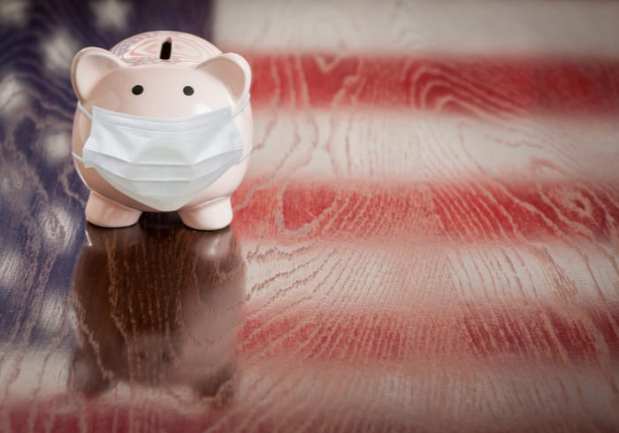Banks Brace For Forbearance Program Expiry Dates

The time is almost up for people who got mortgage forbearance under the CARES Act, but banks can’t predict how many will default of the $150 billion in loans currently on ice, according to a Bloomberg report on Wednesday (May 20).
In order to avoid an anticipated deluge of defaults, forbearance programs were quickly rolled out in March without requiring proof of hardship. In the meantime, Congress developed emergency relief and propped up unemployment. But as the 90-day forbearance deadline approaches, banks are getting concerned over possible defaults.
More than 30 million people have filed jobless claims since the country went under lockdown in March amid the coronavirus pandemic. Regardless, banks are getting ready to take a closer look at the loans on pause. Some lenders said they believed that some people didn’t actually need to freeze loans but did so as a precaution and as a way to bolster savings.
It’s these loans banks would like to weed out, either persuading people to pay or hitting them with interest charges if they need more time.
Darrin Williams, CEO of Southern Bancorp, told Bloomberg he expects forbearance could extend past 90 days. “I feel pretty strongly that many of the folks who took advantage of the consumer payment holiday we provided probably didn’t have to. But if it’s offered, why not, right?”
Analysts from Janney Montgomery Scott said in a recent report that by the end of March some mid-sized lenders had put over 15 percent of their loans on pause.
Analysts at Keefe, Bruyette & Woods indicated in a report that on average, banks froze about 5 percent of their consumer loan portfolios. That adds up to about $150 billion in loans, although the amount could be higher since the mid-April analysis of Federal Reserve data.
Those numbers exclude mortgage forbearance programs that gave people with government-backed loans up to a year to start paying again.
The result is that financial institutions, shareholders and regulators are uncertain what percentage of people are struggling and possibly headed toward default. Banks are now investigating credit-reporting databases to determine which account holders are still working.
Ira Robbins, CEO of Valley National Bancorp, told Bloomberg that lenders had extended forbearance to anyone that asked and now “we have no idea, outside of hypothesis, as to what’s going to happen from a credit perspective.”
A PYMNTS study, Navigating the COVID-19 Pandemic: How the Paycheck-to-Paycheck Economy Is Beginning to Buckle, shows that people hit economically hard by the pandemic are bracing for an even harder future.
